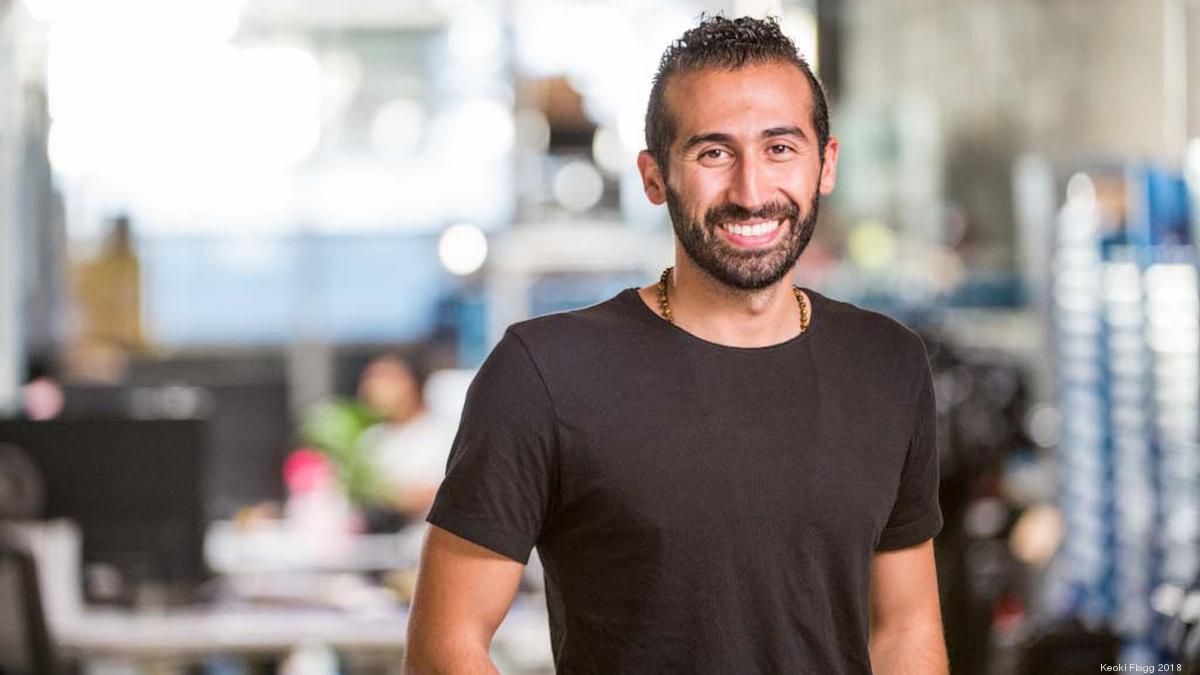
Payam Banazadeh made the 2017 ‘Forbes 30-under-30 lists’ with Capella Space, whose primary involvement is building commercial Synthetic Aperture Radars. These satellites offer hourly monitoring services regardless of the weather conditions. They upgrade their traditional counterparts that do not function in clouds or when it is dark.
The news of the Malaysian airline’s disappearance fueled Payam’s dream. Its disappearance relates to a crash landing in an ocean, but no apparent records ascertain that. This mystery puzzled many people worldwide, and this saw the need to develop satellites that would provide exceptional surveillance. Capella Space has been recognized among the top disruptive companies globally, delving into unraveling such mysteries in the future. It ranked as one of the 25 most-sought companies in Bloomberg, New York Times, and the Inc Magazine.
Having gained business management and aerospace engineering expertise from Stanford University and the University of Texas, Payam Banazadeh worked as a flight systems engineer and project manager at NASA Jet Propulsion Laboratory (JPL). His reputation goes beyond his name, boasting the NASA Discovery Award, the NASA Mariner Award, and the NASA Formulation Award.
Capella Space launched the first of its earth-monitoring satellites called “Sequoia'” which continuously provides continuous data on its surface. It has the highest resolution recording a 50cm*50cm resolution, an upgrade from the initial 1m by 25cm resolution. Its images detail Palm Jumeirah in Dubai, the Amazon rainforest, and El Salvador’s Santa Ana Volcano, which have sharper imaging and are desirable for the many that are yet to come. Payam holds his pride in the 100 engineers who helped build the in-house Capella-2, a big win for the aerospace industry. Payam is the tech mogul to look out for, given his creativity, hard work, commitment, and ingenuity.
Payam Banazeh is the perfect example of an innovation guru. There is no doubt that the existing aerospace monitors and offers bespoke services, but the disappearance of the Malaysian flight threw all that initially known knowledge into utter skepticism. Therefore, he offered to develop a technology to monitor space during the day and at night. Closing up his time with NASA by winning the NASA marine award, discovery award, and formulation award, Payam was ready to execute his project.
